




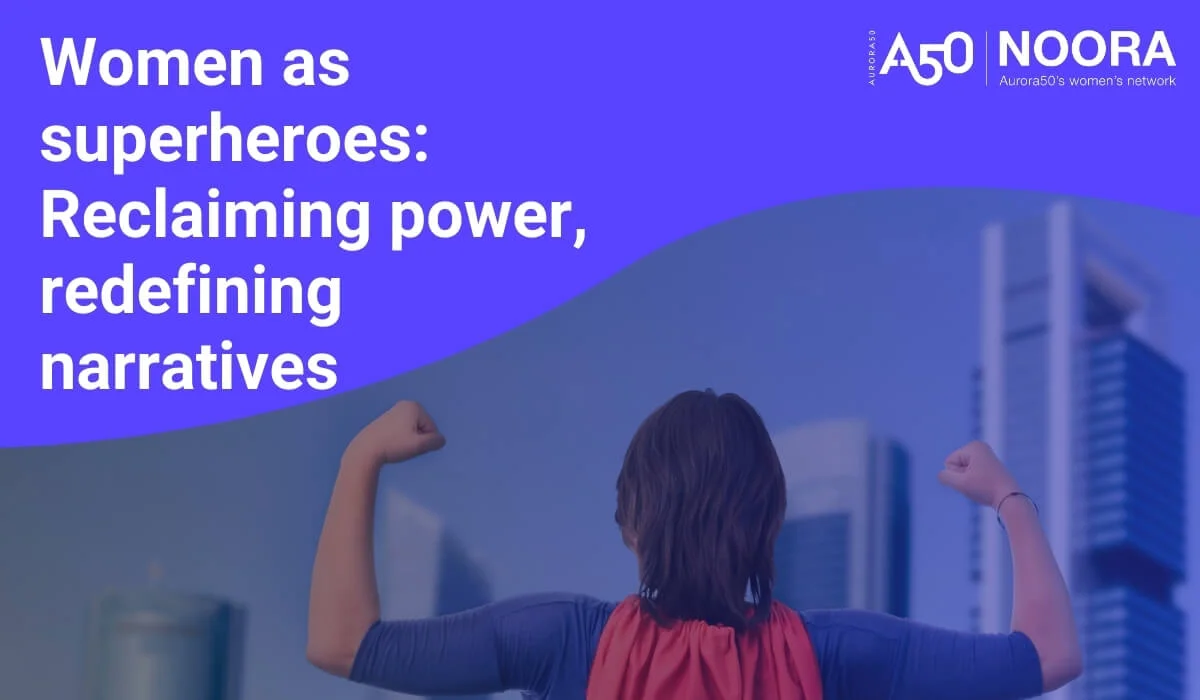
Women are superheroes who don’t wear capes but do wear everyday resilience and quiet strength, says Australian speaker and trainer Bron Williams, 69.
Women can reclaim their power, she says, by challenging societal expectations to rewrite their own narratives.
The ‘Patchwork Girl’ metaphor is a powerful representation of how women often absorb and embody the expectations of others.
From childhood, girls are told how to behave, what to wear and who to be, to be a “good girl”. These external voices – parents, teachers, friends and societal norms – stitch layers of expectations over their true selves.
The weight of these patches becomes unbearable, Ms Williams says, and the journey to self-discovery begins when women, like the Patchwork Girl, start snipping away these layers, one by one, to reveal their authentic selves.
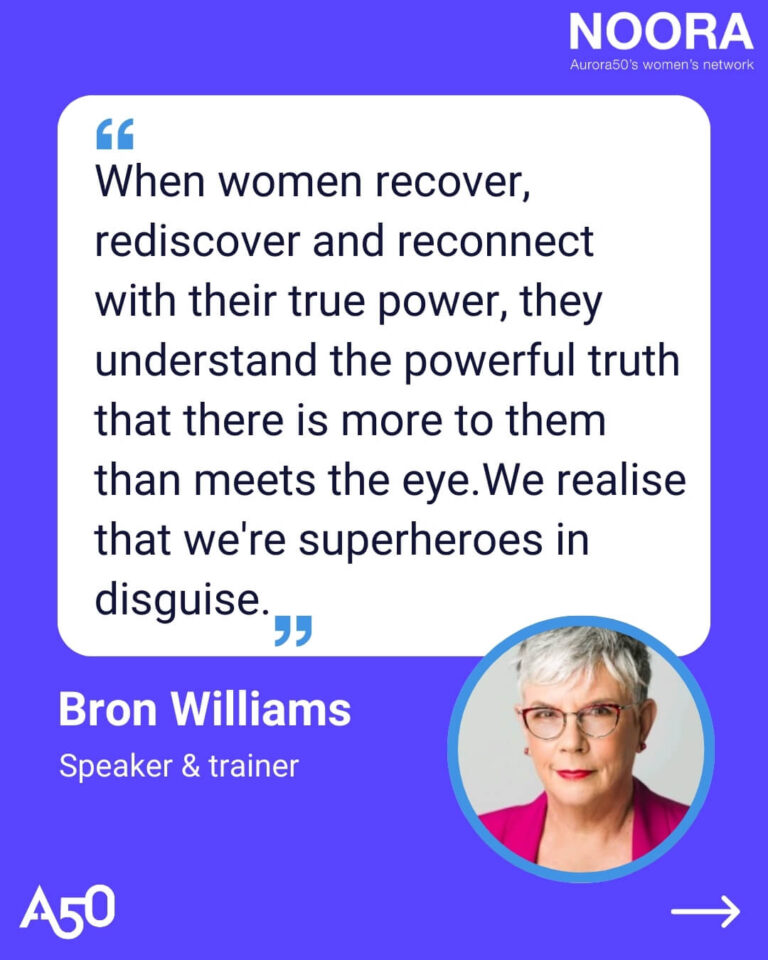
Bron’s personal story is a testament to this unravelling and reclaiming of power. At 50, she made the courageous decision to leave a 28-year marriage.
“I didn’t know it at the time, but this was the first time I acted out of my own inner power,” Ms Williams says. “I certainly didn’t feel powerful.
“I was stepping into the great unknown, totally uncharted territory, but I’d made the decision to cherish my own needs, to act out of my own values.
This act of self-rescue marked the beginning of her ‘second act’. A former teacher, Ms Williams became an ordained minister with the Salvation Army, worked with asylum seekers on the Pacific island of Nauru and self-published two books, I have seen the moon: Australia, Nauru and Refugees and Powered by your past.
At 60, she entered her ‘third act’ and launched her own speaking and training business. She is also now doing doctoral research into the intersection of bias and shame and has remarried.
“Power doesn’t always come in loudness,” she adds. “Sometimes it’s cloaked in calm, in resolve, in being so deeply anchored in your values that the world begins to shift around you.
“When women recover, rediscover and reconnect with their true power, they understand the powerful truth that there is more to them than meets the eye.
“Then, together, we can create the worlds we’ve been dreaming of. We realise that we’re superheroes in disguise.”
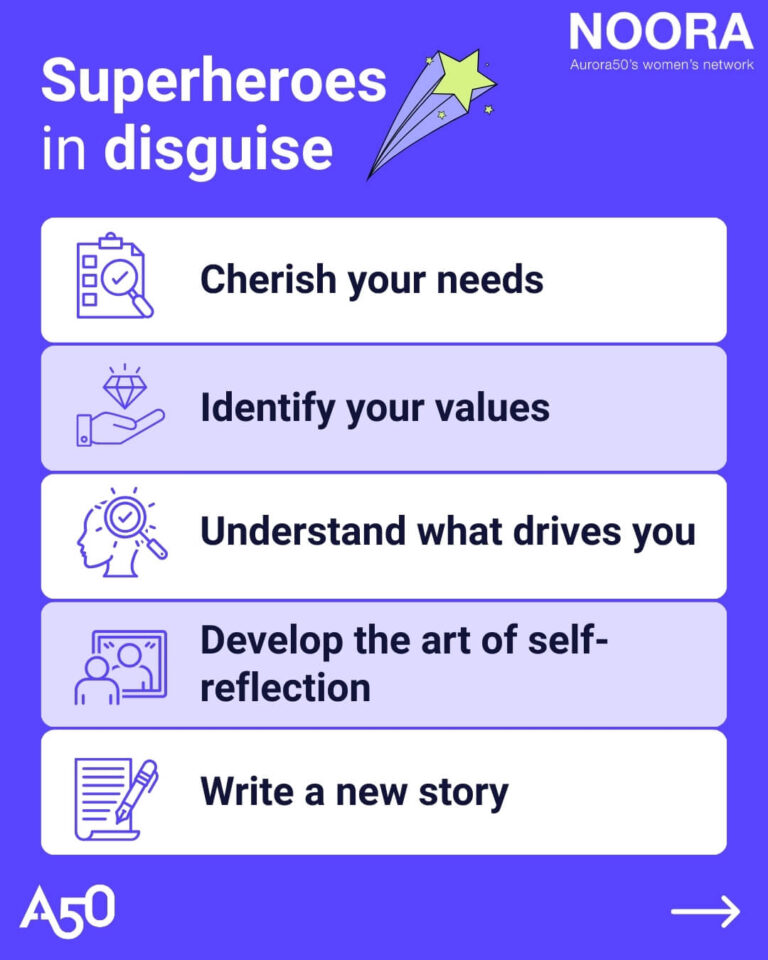
Women are often conditioned to prioritise others’ needs over their own, Ms Williams says.
“It’s not only important that we identify what we need, but we actually cherish it and hold it close,” Ms Williams adds.
She recommends looking back over our lives to the narratives we’ve lived with. As the eldest in her family, Ms Willians says she was expected to “be the responsible one”, a role she took into her first marriage.
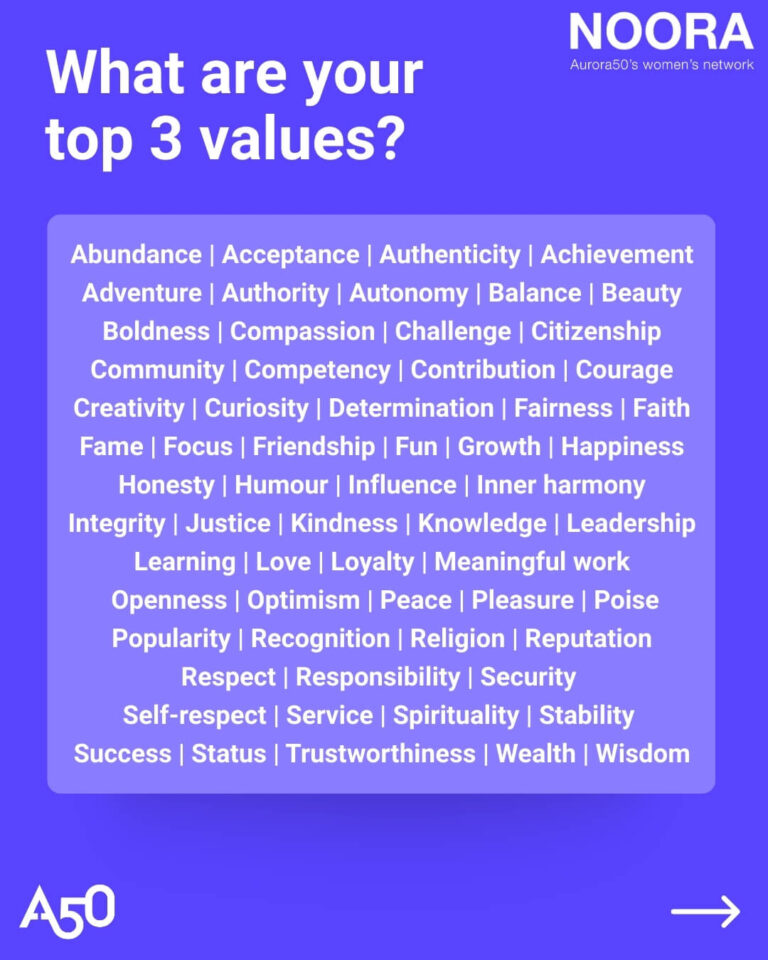
A lot of workplaces have values displayed prominently but you should also know your own individual values, says Ms Williams.
“Values are often principles or standards of behaviour by which we judge what’s important in life,” she adds.
Bron’s core values – courage, creativity and connection – guided her through major life transitions.
If stuck finding your values, Ms Williams says to look to your friends or workplace. Who do you admire and why? We also tend to “gravitate to like-minded people” so look for the common values in your groups, she adds.
It’s important to live up to your values, Ms Williams advises. When her own life has felt “off-balance”, it has generally been because “one of my values was not being utilised”.
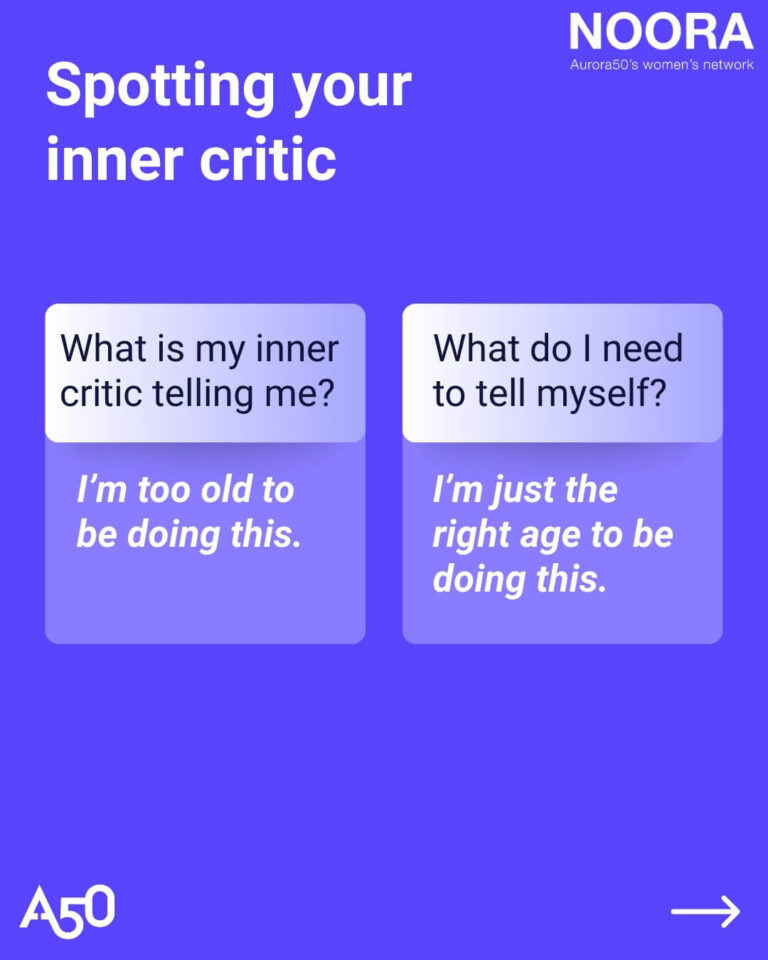
Negative self-talk often stems from internalised societal expectations. Ms Williams calls her inner critic The Examiner because “he examines me and finds me wanting”.
The Clarity by Contrast exercise helps reframe these critiques. (Top tip: if you’re using “I’m too…”, “I should….” or “I’m not…”, it’s probably your inner critic talking.)
In her case, “One of the most potent stories that I was telling myself was ‘I’m too old to be doing this’” (the inner critic), which became “I’m just the right age to be doing this” (an empowering truth).
“I literally said these words out loud to myself every day for a month. I’m a great believer in what comes out of our mouth goes back in our ears, so we hear it ourselves. Then you can cross out the old story – you don’t need it anymore.”
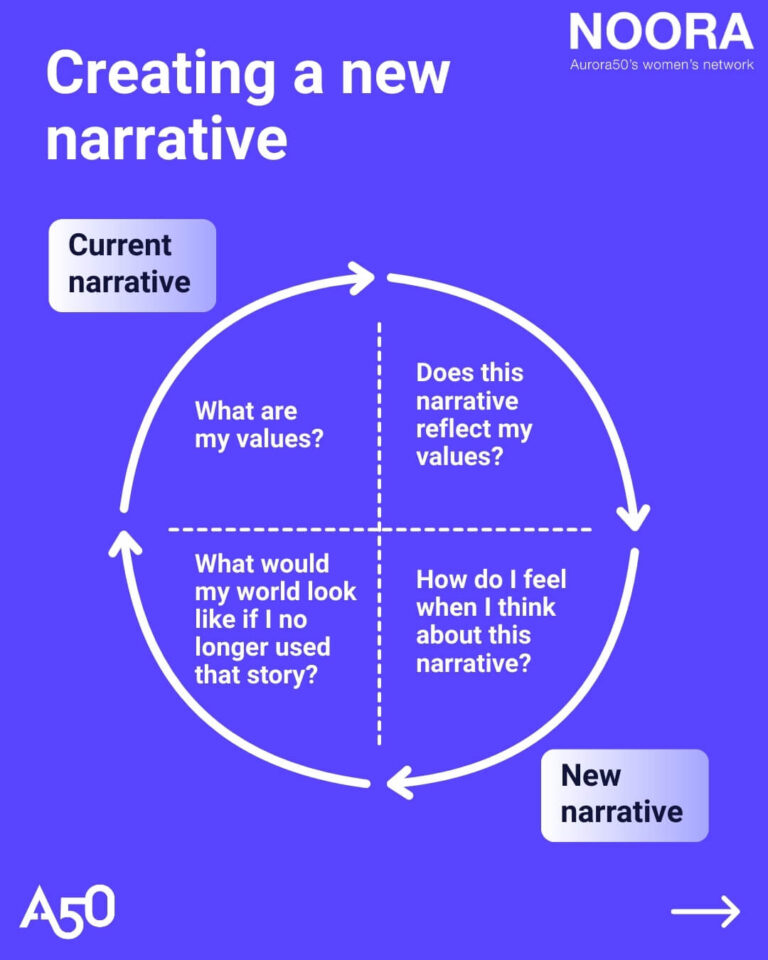
Self-reflection is the ability to witness and evaluate our own cognitive, emotional and behavioural processes, Ms Williams says.
“It brings us back to questions: What haven’t I yet considered? Do I have a broad enough range of information to make an informed decision? Whose voices and opinions have I been listening to? Whose voices have been ignored or overlooked? Who else could I ask to give a different viewpoint?
“One of the things I’ve discovered as I’ve done self-reflection myself is that the hard but better journey is the one we do within,” she adds, “because leadership starts with leading ourselves.”
Journalling is a “great way” to think over things, Ms Williams says.
Writing a new story is the final step, Ms Williams says.
“I love this quote. It’s attributed to the team at Harley Davidson, who said, ‘When writing the story of your life, don’t let someone else hold the pen.’ Most of us, like that Patchwork Girl, have allowed others to hold the pen, even with the best of intentions, and to write the story of our lives.”
Bron’s own narrative shifted when she challenged her belief that her partner needed to be taller than her – a small but limiting story, as it made her think twice about going a date with a man she saw on a dating site, Bill, whose profile showed him to be the same height as her, not taller… but who is now her second husband.
Our power lies within us, says Ms Williams, although we may not look like superheroes.
The journey begins with a single stitch snipped from the Patchwork Girl’s cloak – a step toward uncovering the strength that was always there.
Find out more about Bron Williams’ bias training and motivational speaking at bronwilliams.com.
NOORA is the Aurora50 community for talented and ambitious corporate women in the GCC who lead with impact. You can purchase a corporate package or buy membership as an individual. Find out more at aurora50.com/noora.

Why you should always meet your manager to negotiate on a Thursday or Friday.

Statistics to take to your executive or board to help you persuade your business DEI training is worthwhile.
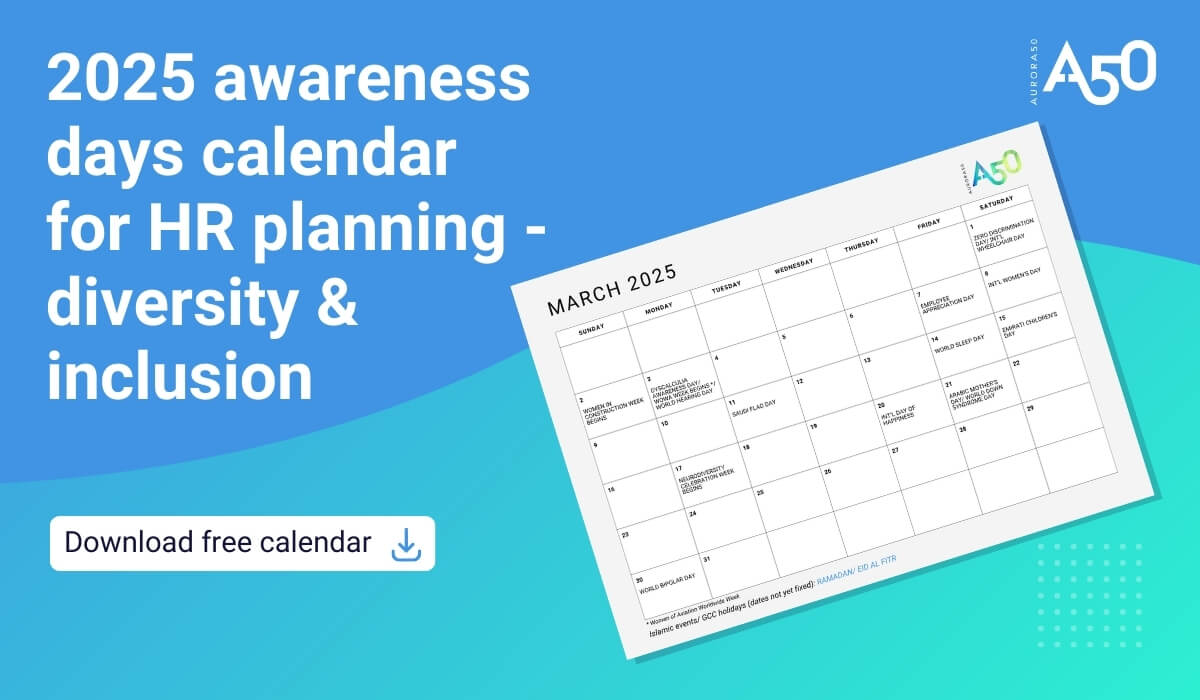
Plan to make 2024 inclusive with this free calendar that maps significant inclusion holidays, both in the GCC and internationally, month by month.

